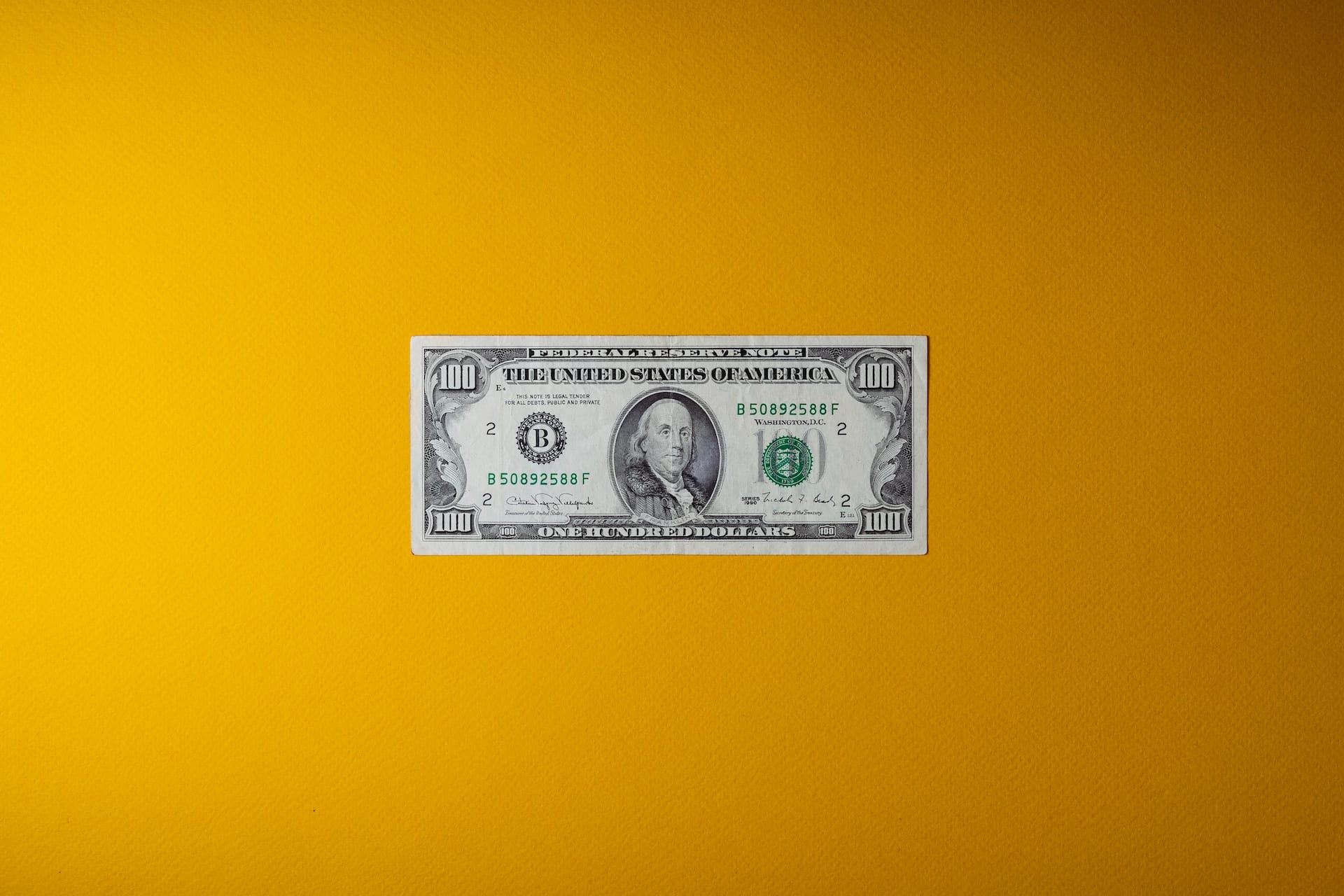When it’s time to pay for college, few students could afford without some form of education financing. Even for those who do receive student aid, the amount, in reality, is far less than “what is needed”.
For students who need more assistance beyond Pell grant and scholarships, federal loan is often offered as part of a total financial aid package. This form of aid, however, must be repaid with interest upon graduation.
According to the data from the U.S. Department of Education, among Pell Grant recipients who graduate from four-year colleges, nearly nine out of ten have student loans.
Types of Student Loans #
The following types of loans are available for single mothers to cover tuition expenses they could not otherwise afford.
- Stafford loans — subsidized or unsubsidized
- Graduate loans (e.g. Direct PLUS loans) and
- Private student loans
- A fourth type of education loan is the consolidation loan which is a type of loan that allows the borrower to consolidate all of their loans into one loan for simplified payment.
Unlike private loans, federal student loans are heavily subsidized by the federal government, interest rates are generally lower and the repayment schedule more flexible, such as the ability to defer payment until the day after graduation.
What are the interest rates for federal student loans? #
| Subsidized / Unsubsidized Loan 1 | 5.50% |
| Unsubsidized Loan | 7.05% |
| Direct PLUS Loan | 8.05% |
Interest rates for direct loans disbursed between July 1, 2023 and June 30, 2024.
Stafford Loans #
Stafford loans can either be “subsidized” or “unsubsidized”. “Subsidized” means that the interest is paid by the government while you’re in school.
To receive a subsidized Stafford Loan, you must first demonstrate financial need.
For unsubsidized loan, you are responsible for all of the interest that accrues while you are still in school. Most students, regardless of financial need, are eligible for the unsubsidized Stafford Loan.
The current interest rate for “subsidized” and “unsubsidized” loans is fixed at 5.50% for undergraduates. Graduate students can borrow up to $20,500 per year of “unsubsidized” loan, which carries a 7.05% interest rate.
But there are limits on how much you can borrow each year, ranging from $5,500 for dependent undergraduate students up to a maximum borrowing of $31,000 but no more than $23,000 of this amount may be in subsidized loans.
Perkins Loans #
On September 30, 2017, after sixty years of operation, the Federal Perkins Loan — the government’s oldest and most popular student loan program — will cease to exist, unless Congress renew it.
Perkins Loan is a need-based education loan awarded to students with “exceptional financial need” — regardless of income level or credit history.
It carries a fixed interest rate of 5% for the duration of the 10-year repayment period; making if one of the best student loans available. And since it is a subsidized loan, the interest is paid by the government during the in-school and 9-month grace periods.
However, not all schools participate in the Perkins Loan Program. You should check with your school’s financial aid office to see if your school participates.
Direct PLUS Loans #
Direct PLUS loans offer an additional funding options at a fixed interest rate for graduate or professional degree students or parents of dependent undergraduate students.
Direct PLUS Loan is commonly referred to as a Parent PLUS Loan when made to a parent, and as a Grad PLUS Loan when made to a graduate or professional student.
The interest rate is fixed annually at 8.05%, plus up-front fees of up to 4.228% of the amount borrowed. The repayment begins as soon as the funds are disbursed to your account.
To get a PLUS loan, you must not have adverse credit based on the review of at least one credit report from a national credit reporting agency.
Private Student Loans #
Private loans, on the other hand, help bridge the gap between the actual cost of your education and the limited amount of money the government allows you to borrow.
Private student loans usually offer the choice of a fixed or variable interest rate. Fixed rates stay the same, giving you predictable monthly payments. Variable rates may go up or down, along with your monthly payment.
Eligibility for “private borrowing” often depends on your credit rating. For this reason, it’s always a good idea to check your credit score in advance.
Choosing a loan that's right for you. #
Regardless of which option you choose, you should always consider maximizing your eligibility for unsubsidized Stafford loan before tapping into private loans.
The key is to do it wisely, which means borrowing as little as possible and finding loans with the best terms available.
Because the last thing you’ll ever want is to be saddled with debt that can’t be discharged by simply filing for bankruptcy. Though relief may be available in what’s called an “income-based repayment plan.”
